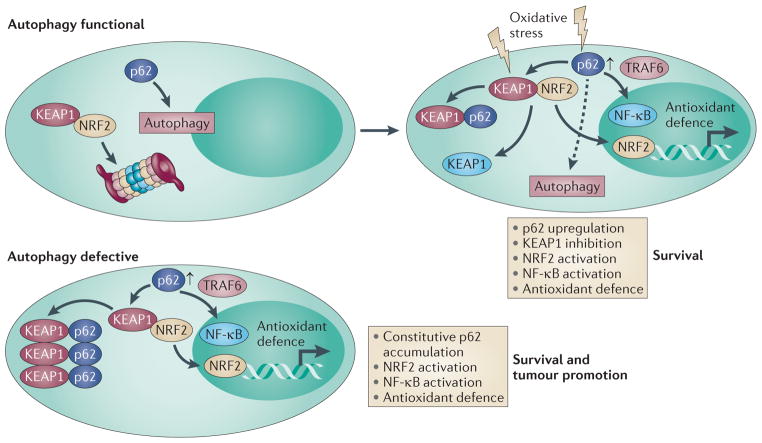Figure 1. Regulation of NRF2 by autophagy, KEAP1 and p62.
Under normal conditions, nuclear factor erythroid 2-related factor 2 (NRF2) is bound to kelch-like ECH-associated protein 1 (KEAP1) and is inactivated as a transcription factor for antioxidant-defence genes by proteasome-mediated degradation. p62 is degraded through autophagy under normal conditions. In the presence of oxidative stress, KEAP1 is either modified so that it can no longer bind NRF2 or it is sequestered by p62, the expression of which is increased in response to oxidative stress. This displaces KEAP1 from NRF2 so that NRF2 can activate antioxidant-defence genes and promote survival. Oxidative stress also activates nuclear factor-κB (NF-κB) as a result of p62 upregulation and tumour necrosis factor receptor-associated factor 6 (TRAF6) complex formation, or by other mechanisms, to turn on antioxidant-defence gene expression. p62 is still subject to autophagy in cells experiencing cellular stress (dashed arrow). In autophagy-defective cells and tissues, the autophagy substrate p62 is not degraded, and so accumulates to high levels. p62 binds and sequesters KEAP1 in aggregates, resulting in the constitutive activation of NRF2 and antioxidant defence. This p62 induction can also activate NF-κB, antioxidant defence and survival.

